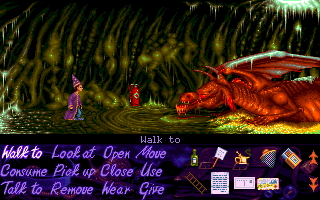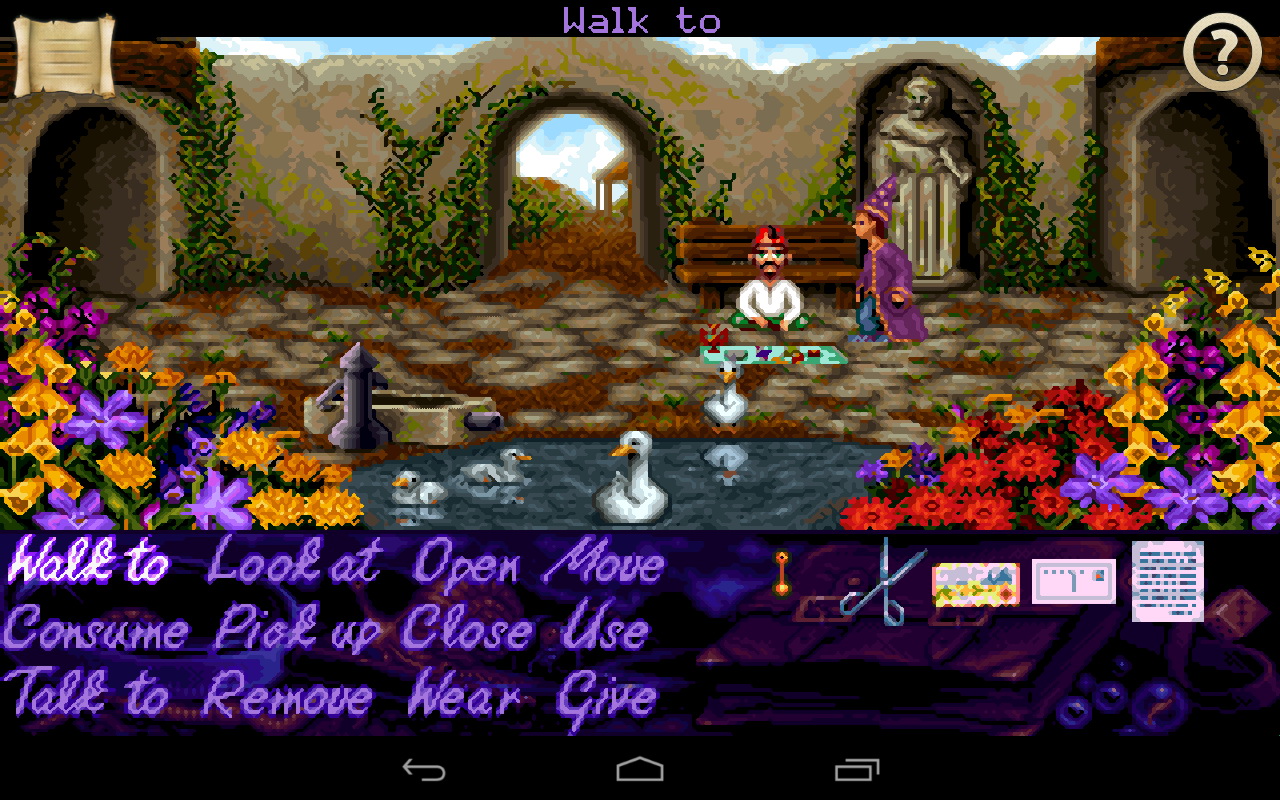

Having been revered by the people of northern Palestine as possessing vast preternatural powers, Simon Magus manifested his own admiration for the power of Christian evangelization when, in the New Testament story, he requested Baptism from Philip the Deacon. Later references in certain early Christian writings identify him as the founder of post-Christian Gnosticism, a dualist religious sect advocating salvation through secret knowledge, and as the archetypal heretic of the Christian Church. Simon, according to the New Testament account in Acts of the Apostles 8:9–24, after becoming a Christian, offered to purchase from the Apostles Peter and John the supernatural power of transmitting the Holy Spirit, thus giving rise to the term simony ( q.v.) as the buying or selling of sacred things or ecclesiastical office. Simon Magus, (Latin), English Simon the Magician, or The Sorcerer, (flourished 1st century ad), practitioner of magical arts who probably came from Gitta, a village in biblical Samaria. SpaceNext50 Britannica presents SpaceNext50, From the race to the Moon to space stewardship, we explore a wide range of subjects that feed our curiosity about space!.Learn about the major environmental problems facing our planet and what can be done about them! Saving Earth Britannica Presents Earth’s To-Do List for the 21st Century.Britannica Beyond We’ve created a new place where questions are at the center of learning.100 Women Britannica celebrates the centennial of the Nineteenth Amendment, highlighting suffragists and history-making politicians.
#Simon the sorcerer sealed how to#
COVID-19 Portal While this global health crisis continues to evolve, it can be useful to look to past pandemics to better understand how to respond today. Student Portal Britannica is the ultimate student resource for key school subjects like history, government, literature, and more. From tech to household and wellness products. Britannica Explains In these videos, Britannica explains a variety of topics and answers frequently asked questions. This Time in History In these videos, find out what happened this month (or any month!) in history. #WTFact Videos In #WTFact Britannica shares some of the most bizarre facts we can find. Demystified Videos In Demystified, Britannica has all the answers to your burning questions. Britannica Classics Check out these retro videos from Encyclopedia Britannica’s archives. "The Adventure Gamer: Interview with Mike Woodroffe". ↑ "Simon the Sorcerer 3D (Video Game 2002)". ↑ "Adventure Soft Games: Simon the Sorcerer 3D". Mike Woodroffe later wrote that he felt that the move to 3D for the third Simon game was a mistake. Citing outdated graphics and poor controls, reviewers did however praise the game's story, humour and gameplay as being faithful to the series. Simon 3D received generally mixed reviews, earning a Critic score on GameSpot of 5.8, and a GameRankings score of 58%. Also because of this publishing issue, the finished game had to remain unreleased for over two years until Adventure Soft went on to publish the game themselves. As a result of this failed partnership, there are numerous allusions to Hasbro and its products which are still present in the game. The game was originally supposed to be published by Hasbro Interactive under the MicroProse banner, but they left the project at the last minute and shortly afterwards sold themselves to Infogrames. The project suffered from a long development time, with the engine change and a change of publisher adding 18 months. Once Simon finds the Swampling, there follow several revelations concerning the game's storyline, as well as the origins of the Universe.ĭevelopment started as a traditional 2D point-and-click adventure game, but due to lack of publisher interest the design team chose to switch to a 3D adventure game. She wants a favour in return: for Simon to track down the Swampling and let her know of his whereabouts. Upon arriving in Poliganis he is greeted by Melissa Leg, the heroine who apparently rescued his body from Sordid. 
Before he can do this several smaller tasks have to be completed, in typical adventure game fashion. At the start of the game Simon's immediate objective is to get to the city Poliganis and join Calypso.

It opens with a lengthy cutscene explaining how Simon's body, which had been separated from his soul by Sordid in the second game, was recovered and "rejoined" with his soul. The story picks up some time after Simon the Sorcerer II: The Lion, the Wizard and the Wardrobe.







 0 kommentar(er)
0 kommentar(er)
